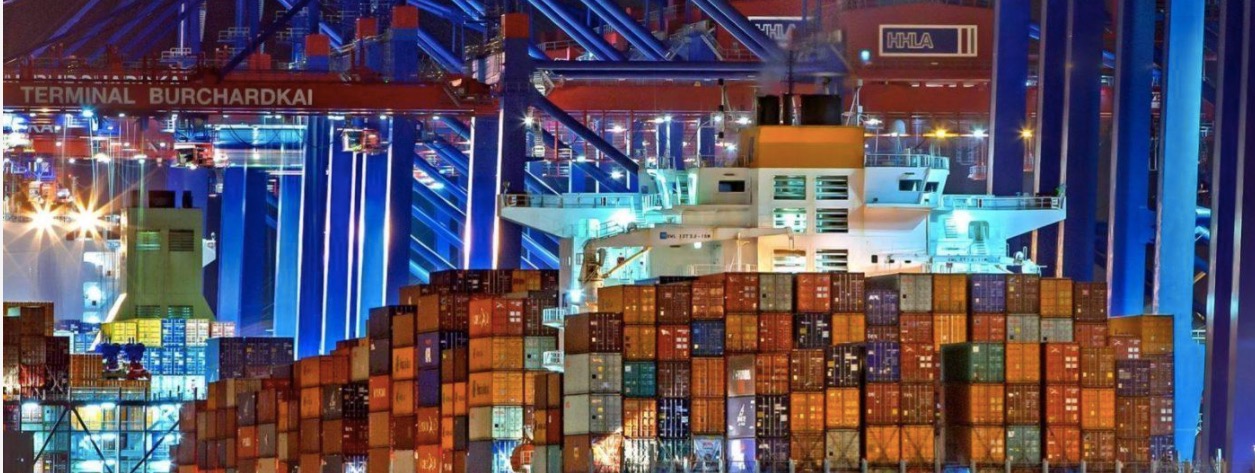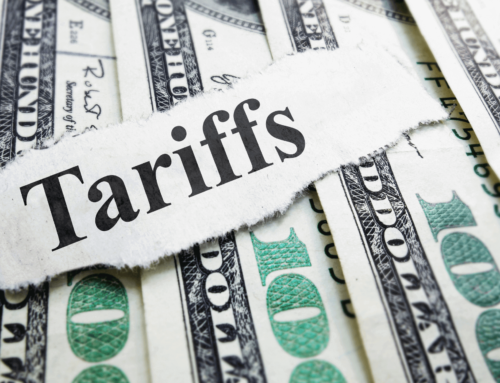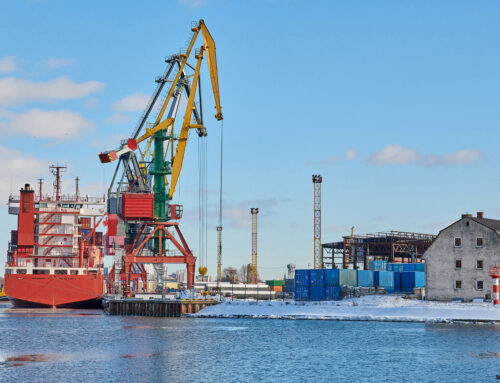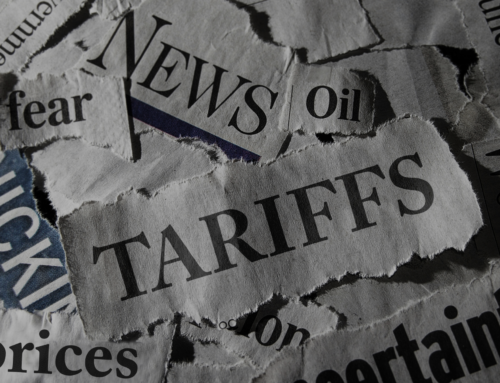Both businesses and consumers are grappling with bottlenecks and inflation. As the global supply chain disruptions continue, retailers are expected to face a 7% increase in the cost of post-holiday returns. So, the main point of concern for many businesses is securing their supply chains while competing with industry giants like Amazon, Wal-Mart, and others. And how do they navigate additional disruptions from labor shortages to paper stock backlogs? Manufacturing and retail industry expert Remy Garson, IBrands Global CEO.
During the pandemic, IBrands shut down 100% of retail operations. Instead, they leveraged its relationships and supply chain to bring PPE to the U.S. – ultimately becoming one of the leading suppliers of PPE to the food services industry, equating to about $200 million in sales and over 10 million boxes of gloves and millions in various PPE supplies. From this unforeseen experience, the company learned how to avoid supply chain woes now and in the future. Here are his top tips.
Expect Cost Increases
“Understand that everything is about supply and demand,” said Garson. “Yes, there is a shortage, but you should generally get the product if you are willing to pay more. Figure out where else you can reduce the cost to counterbalance the material cost hikes in your supply chain. For example, if you are importing the product, plan things to ship via the cheapest, slowest option. Use the port closest to your destination to reduce trucking miles. Try shipping in floor-loaded trucks instead of using pallets, which take up space in the container, thus increasing the cost per unit.”
See Setbacks As Opportunities
“A shortage is a great chance to grow your business,” said Garson. “All your competitors and customers are going to be struggling. This is true up and down the supply chain. People will be falling short, delayed, canceling, going out of business, etc. This is a great chance to outwork and outsmart your competition. Pick up business where others are failed. Outperform and look like a superstar! Remember, only the strong survive.”
Reset Your Prices
“If you can’t get a price increase during a shortage, you never will,” said Garson. “Have the tough conversations upfront and set new pricing that will allow you to perform. Just remember to over-communicate on timelines and delays. It may be uncomfortable to break the bad news, but your customers will appreciate the transparency. It will build trust.”
Plan Ahead And Be Flexible
“When a supply chain tightens, that inevitably leads to delays due to the bottleneck and disproportion of demand to supply,” said Garson. “Move up your production schedules, communicate with your customers to manage expectations, and reforecast your business. The key here is to be ready, don’t get caught flat-footed. Flexibility is important, too. Maybe you won’t get the exact spec you are looking for, but can you make a similar spec work that is more available? Creativity and flexibility will work to your advantage.







